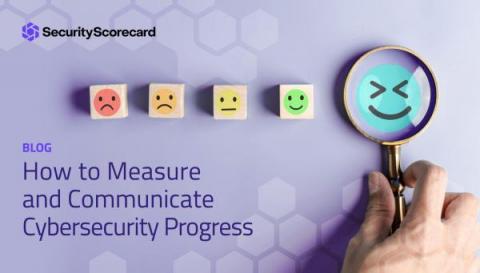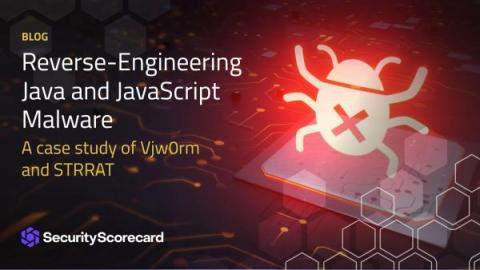Security | Threat Detection | Cyberattacks | DevSecOps | Compliance
Risk Management
ISO 9000 vs ISO 9001
How to Measure and Communicate Cybersecurity Progress
Last week, SecurityScorecard was invited to participate in a fireside chat with Michael Daniel, President & CEO of the Cyber Threat Alliance (CTA). SecurityScorecard’s Chief Business Officer, Sachin Bansal, joined Daniel for a lively discussion regarding how to measure cyber health and clearly communicate progress against those metrics.
9 Common Types of Security Incidents and How to Handle Them
An Enterprise Guide: Periodic Cloud Security Risk Assessments
MITRE System of Trust Framework for Supply Chain Security
Supply chain security has been a top concern for risk management leaders ever since the high-profile attacks to SolarWinds and Log4j took place. While there's no one-size-fits-all way to identify, assess, and manage cyber risks in the supply chain, MITRE's System of Trust Framework offers a comprehensive, consistent, and repeatable methodology for evaluating suppliers, supplies, and service providers alike.
Reverse-Engineering Java and JavaScript Malware
Most malware security researchers encounter in the wild is written in C or C++. These languages provide low-level system access and control, plus performance, allowing threat actors to create highly efficient and stealthy code. But that doesn’t mean cybercriminals are limited to those two languages. SecurityScorecard recently reverse-engineered the Vjw0rm worm written in JavaScript and the Java-based STRRAT remote access trojan (RAT).
4 Ways to Reduce Exposure and Manage Risk Across Your Expanding Digital Infrastructure
Digital infrastructure is the foundation of a modern, connected organization. It encompasses connectivity, cloud, compute, security, storage, applications, databases, IoT, remote networks, and more. Once housed on premises, this infrastructure now extends across regions, offices, work-from-anywhere environments—and across the third-party providers who make digital transformation possible. Securing this digital infrastructure is a growing challenge.
New vulnerability could lead to one of world's most powerful cyber attacks
The other week, Bitsight released a piece of high-profile research alerting the public to a high-severity vulnerability potentially allowing attackers to launch one of the most powerful Denial-of-Service (DoS) attacks in history. Here’s a summary of what happened and why it matters: Security leaders are asking “now what?” and Bitsight has answers.
10 Steps to Take Now to Reduce Supply Chain Risks
Open-source software has been a godsend for the development community. They bring lower development costs, faster application delivery, and greater flexibility; it’s no wonder nearly 90% of modern applications comprise third-party software nowadays. That’s not to say open-source software doesn’t come with its share of pitfalls, including security risks and vulnerabilities.








